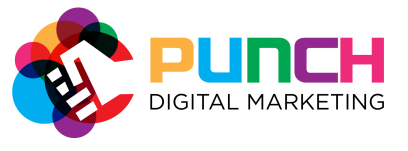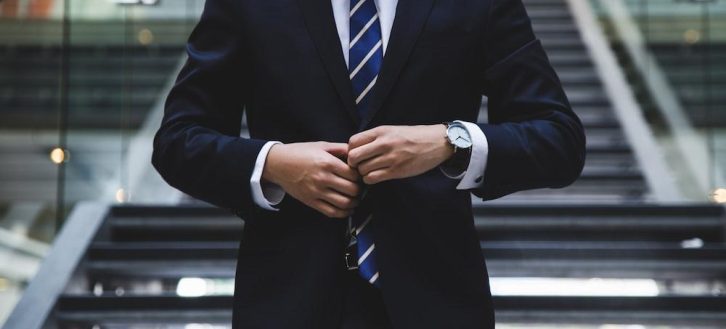In recent years South Korea has become known on the internet for citizen’s fashion styles.
Despite this, knowing how to adapt to dressing appropriately for the Korean climate and
typically conservative culture in the workplace can be challenging to those unfamiliar. In
Korea there is often an emphasis on looking smart, well turned out and neat rather than
wearing strictly office wear like a corporate uniform. The Korean version of “clothes make
the man” is “옷이 날개다” literally translated into “clothes are your wings”, which is a
commonly used phrase when talking about work attire today. Things can be confusing if
your company offers vague terms for how they would like you to present yourself and if you
don’t have a set uniform it can be difficult to know how to dress to make the correct
impression. Hopefully through this blog post help will be provided.
Whether you are visiting Korea on a work trip or starting in a new office position, knowing
the rules of Korean office attire is always good to know when showing respect to your fellow
Korean colleagues. Dress codes will naturally vary depending on industry, average age of
employees and company size but the general rules for office attire in Korea include not
exposing any tattoos, facial piercings or unnatural hair colours. Even these rules are subject
to change though depending on your field of work. For example, more strict work attire
rules have been known to be enforced towards teachers working in Korean schools.
MEN’S ATTIRE
When it comes to men’s fashion, it is often recommended to not wear flashy shoes in the
office. A pair of clean leather shoes, either black or brown, is often highlighted as
appropriate business attire. Along with a smart suit for corporate work, your shoes should
be of good quality without overtly advertising themselves as such. In recent years suits worn
without a tie have been becoming popular within Seoul for a more approachable and
friendly office look for men. The use of ‘Smart casual’ office dress codes has been increasing
in recent years and despite many older male workers not wanting to adopt weekend clothes
at work, the trend of relaxing traditional suits for men has become more accepted since
covid.
WOMEN’S ATTIRE
Women can wear business suits or dresses at the office, but it is advised that you avoid bold
colours or patterns to blend in with the rest of the office. The trend in recent years has been
towards women wearing soft pastel colours in the workplace but unlike in other countries
Korean office dress codes are often very against their female employees wearing miniskirts,
skin-tight outfits or clothing that shows cleavage. Many foreigners working in Korea for the
first time are often surprised that it is also seen as inappropriate in Korea to show your
shoulders too.
Women have more freedom with expressing themselves in terms of their footwear though,
so long as they stick to business-like flats or easily removable heels. Traditional company
meals and social gatherings in South Korea often involve sitting on the floor, so be sure to
wear shoes that are easy to get on and off to avoid difficulties.
DRESSING WEATHER APPROPRIATE
Korea’s humid summer climate as well as a unpredictable monsoon season, mean offices
workers working in Korea for the first time might be surprised to know that office dress
codes rarely alter depending on weather conditions. Due to this it is often encouraged that
workers change the material of your clothing rather than altering the overall office attire
rules to be more weather appropriate. Depending on the time of the year, you will want to
opt for either a lightweight cotton suit in summer or a wool suit- as winters in South Korea
can easily plummet to below zero degrees Celsius.
With the increasing contrast in the global climate, the Korean government has had
numerous meetings concerning the shift in work wear to be more weather appropriate and
to make working conditions for employees more comfortable. In recent years there has
been numerous electricity shortages across Seoul that have been determined to be caused
by the constant use of air conditioners and fans during the summer months. Last year South
Korea’s president 윤석열 (Yoon Seok-Yeol) applied “summer dress codes” – a relaxation of
the typical attire worn by many workers in Seoul. The introduction of this relaxation
encouraged jackets and ties to be discarded during high heat and short-sleeved, coloured
shirts being allowed instead. Seoul’s mayor has also gone one step further this year and has
been encouraging workers in the city to be free to wear shorts and sandals to work during
summer.
Another huge part of Korean office life is MTs. In addition to company dinners, company
retreats, referred to as MTs (Membership Training) in Korea are often summer spent
experiences that few rules when it comes to attire. MTs are used by companies to
motivate team building exercises and to allow for more casual dress depending on the
location of the course. Typically, your team will travel outside of Seoul and stay at least
one night away from the usual office environment. Office retreats usually involve sleeping
on the floor or camping and due to drinking a lot on MTs, it is seen as a time to relax and
bond with your team. It is also a time to be free of strict uniform rules and to have a fun
experience in casual dress.
Overall, it is always important to remember that while working you are the image of a
company and regardless of which country you are in, you should try to convey maturity and
professionalism at the workplace. Korean companies are generally no different to this idea
and when dressing work appropriate the term ‘단정해 보이는 룩’(danjeonghae boi-i-nune
look) meaning ‘neat and tidy’ should be the overall goal. As time passes and the
phenomenon of hybrid working is on the increase standards are becoming more relaxed.
We hope that from this guide you can feel confident when knowing how to present yourself
in the Korean workplace.



